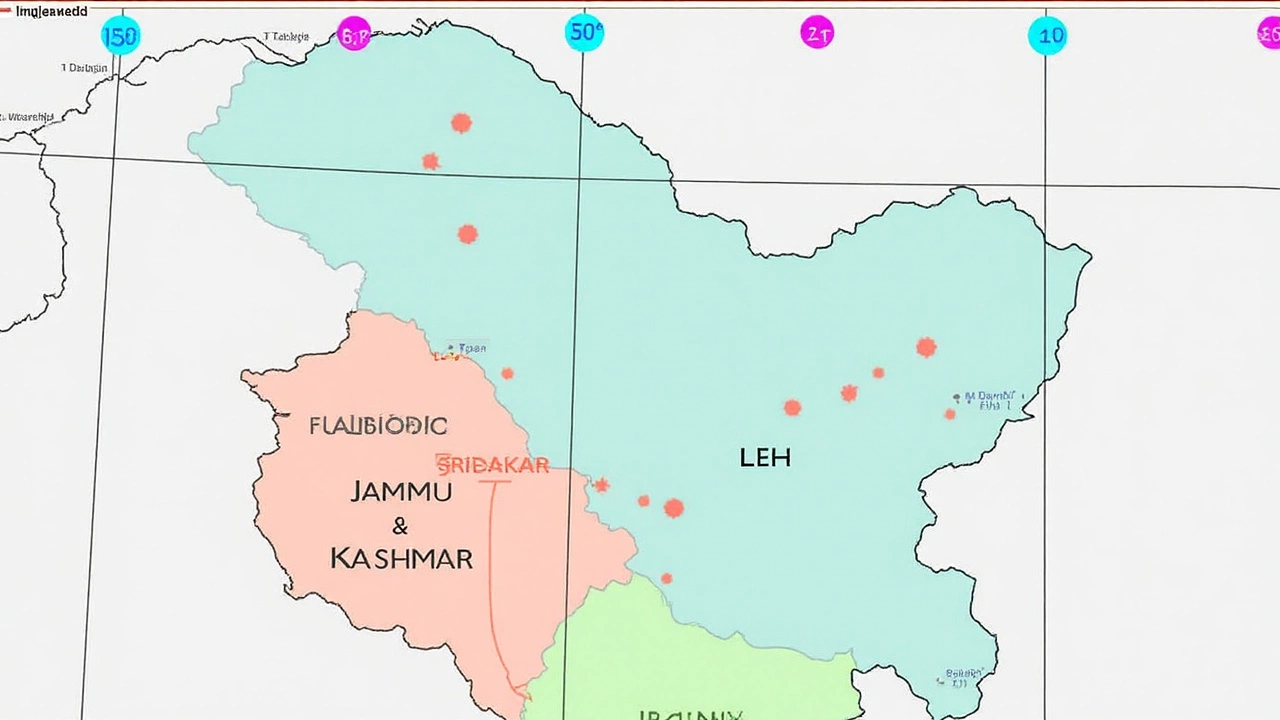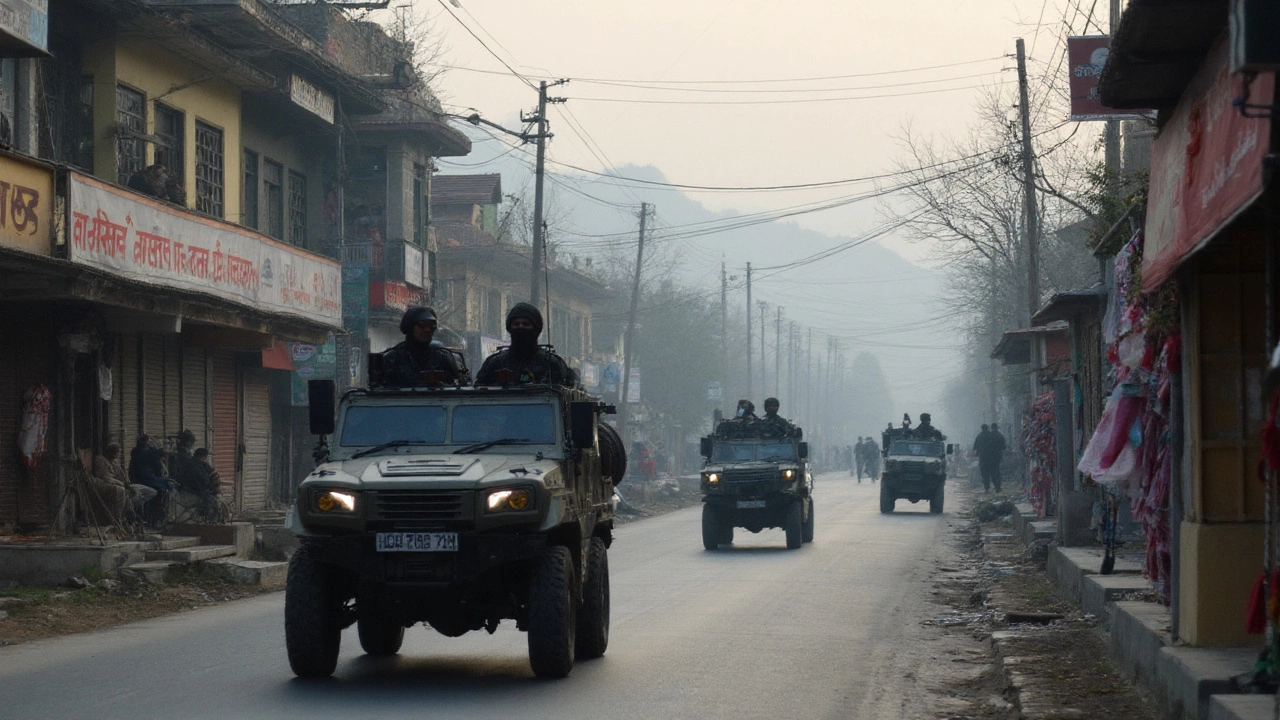
Supreme Court to Revisit Jammu and Kashmir Statehood Demand
Mark your calendars for August 8, 2025. That’s when the Supreme Court will take a fresh look at the long-running fight over Jammu and Kashmir’s statehood. For those who’ve lost track, Jammu and Kashmir has been a Union Territory for almost six years now, ever since Article 370 was dismantled in August 2019. The move, delivered in Parliament, not only ended the special status of the region but also split it into two Union Territories: Jammu & Kashmir, and Ladakh. Statehood disappeared overnight, and with it, a fair bit of local political power.
Fast-forward to now, and not everyone is willing to accept that as the new normal. Petitioners Zahoor Ahmed Bhat, a college lecturer, and activist Khurshid Ahmad Mali refuse to let the matter rest. Their argument is simple: keeping Jammu and Kashmir as a Union Territory for so long runs counter to India’s federal values and blocks the people’s access to full democratic rights. They filed their court application back in October 2024, frustrated that the central government hasn’t followed through on earlier promises to return statehood.

Petitioners Argue for Federalism and Local Democracy
This isn’t just about boundaries on a map. The case tears open tough questions about constitutional federalism—basically, how powers and responsibilities are divided between the central government and the states. The petitioners claim that dragging out the Union Territory status isn’t just slow progress; it’s a direct hit to the heart of India’s democracy because it leaves the region’s people without an elected state government. For nearly half a decade, Jammu and Kashmir has missed out on a local assembly, a chief minister, and that sense of autonomy that defines other Indian states.
What makes things even more urgent is the history inside the courtroom. In December 2023, a five-judge Supreme Court bench had sided with the government about abrogating Article 370 and splitting the state. Yet, even then, the government gave signals that statehood would be restored eventually. Now, the petitioners say, that ‘eventually’ has stretched on far too long without any concrete timeline.
When senior advocate Gopal Sankaranarayanan recently pushed for urgent listing, the current Chief Justice, B.R. Gavai, agreed to take it up on August 8. Before this, the case already had a brief moment in front of former Chief Justice D.Y. Chandrachud, who made space for it in future hearings. Still, nothing much changed on the ground. There’s obvious frustration among people living in the Valley and political parties watching from the sidelines.
The build-up to the upcoming hearing has recharged debates in political circles. Many point out that other regions, like Delhi, also struggle with limited powers under UT status, but Jammu and Kashmir is in a league of its own due to its unique history and the scale of changes since 2019. As the Supreme Court returns to the question of statehood, thousands in the region are eager to see if their governance will finally be back in their own hands or if the wait gets even longer.